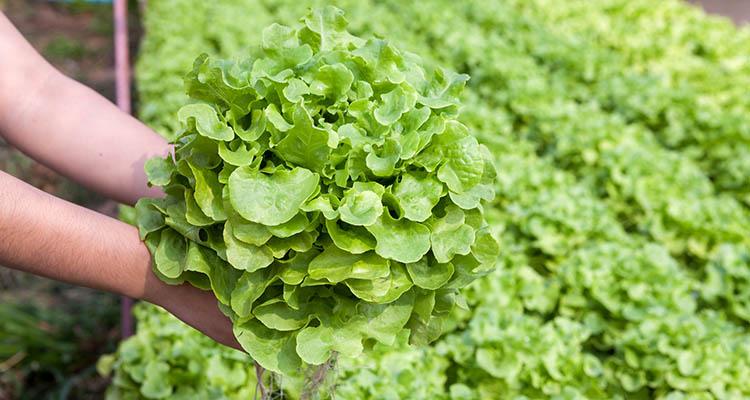At BTL, we’re excited about the growing trend of aquaponics. Aquaponics combines the benefits of aquaculture and hydroponics, and eliminates the drawbacks of each. In the practice of aquaponics, it’s essential to have potable grade liners that are safe for fish, plants and human consumption.
What’s the Difference Between Aquaponics, Aquaculture and Hydroponics?
First, it’s important to know the difference between aquaponics, aquaculture and hydroponics. Though the terms are similar, each process is different.- Hydroponics is a process that involves growing plants using mineral nutrient solutions in water without soil. Because hydroponics requires no soil, it allows for growing in climates where it hasn’t traditionally been possible.
- Aquaculture is the farming of aquatic organisms, such as fish, crustaceans and aquatic plants. Aquaculture produces fish for food, sport and bait, as well as algae and fish eggs. Both marine and freshwater aquaculture processes exist.
- Aquaponics is the marriage of hydroponics and aquaculture in one integrated system. The fish produce waste, which is an organic food source for the growing plants. The plants naturally filter the water that the fish live in. Microbes and composting worms in the water convert the ammonia from fish waste into food for the plants.
The Importance of Potable Grade Liners in Aquaponics
With the growing popularity of aquaponics and organic gardening, it’s important for farmers to use liners that are environmentally friendly with a potable grade certification. Potable grade liners have been certified and approved to hold drinking water for human consumption. This is the highest rating a liner can receive. Potable grade liners are important for growing the healthiest plants possible, whether you’re a commercial farmer or using aquaponics for your home garden. All of BTL’s reinforced polyethylene (RPE) and reinforced polypropylene (RPP) liners are potable. RPE and RPP liners are strong, durable and puncture resistant. RPE and RPP liners are perfect for aquaponics, especially compared to PVC liners. PVC liners could potentially leach harmful chemicals, such as plasticizers, into the water. Plasticizers are added to PVC liners to make them more flexible, but are not fish and plant safe.Benefits of Aquaponics
- Food production isn’t limited by soil, weather and season
- Aquaponics can be done indoors
- Harvest can be done in a few weeks; growing with aquaponics is fast
- Aquaponics uses 1/10th the water of soil-based gardening and even less than hydroponics or recirculating aquaculture
- Because water is integral to the process, you can’t over or under water
- Nutrients used in aquaponics are optimal for plant growth
- Water is reused and only lost through evaporation and transpiration



